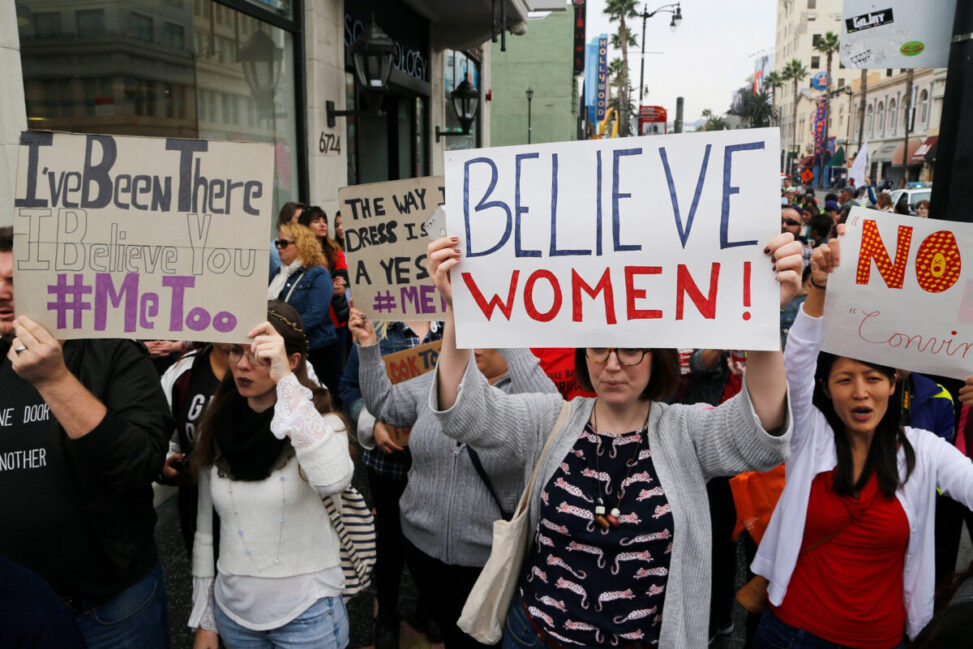Some believe we’re still in the third wave of feminism since the fourth wave isn’t so much of a shift as the continued growth of the movement. However, with the MeToo movement and a resurgence of attacks on women’s rights, many also believe we’re living in a new wave. Social media activism has propelled the movement firmly into the technological age. It builds on the third wave’s emphasis on inclusivity and asks hard questions about what empowerment, equality, and freedom really mean. Fourth-wave feminism continues to reckon with intersectionality. Critics of “white feminism,” which ignores the unique struggles of women of color, expose how non-white feminists and ideas have been – and continue to be – suppressed. Trans rights are a big part of the conversation, too. Feminism has often been an unwelcoming and hostile place for trans women and others who reject the gender binary. Many fourth-wave feminists are working to combat this exclusion.
This image features a picture of the Women’s March in DC shortly after President Donald Trump was elected in 2016. It shows clear examples of the Me Too movement, something that many believe to be a keystone in fourth-wave feminism.
